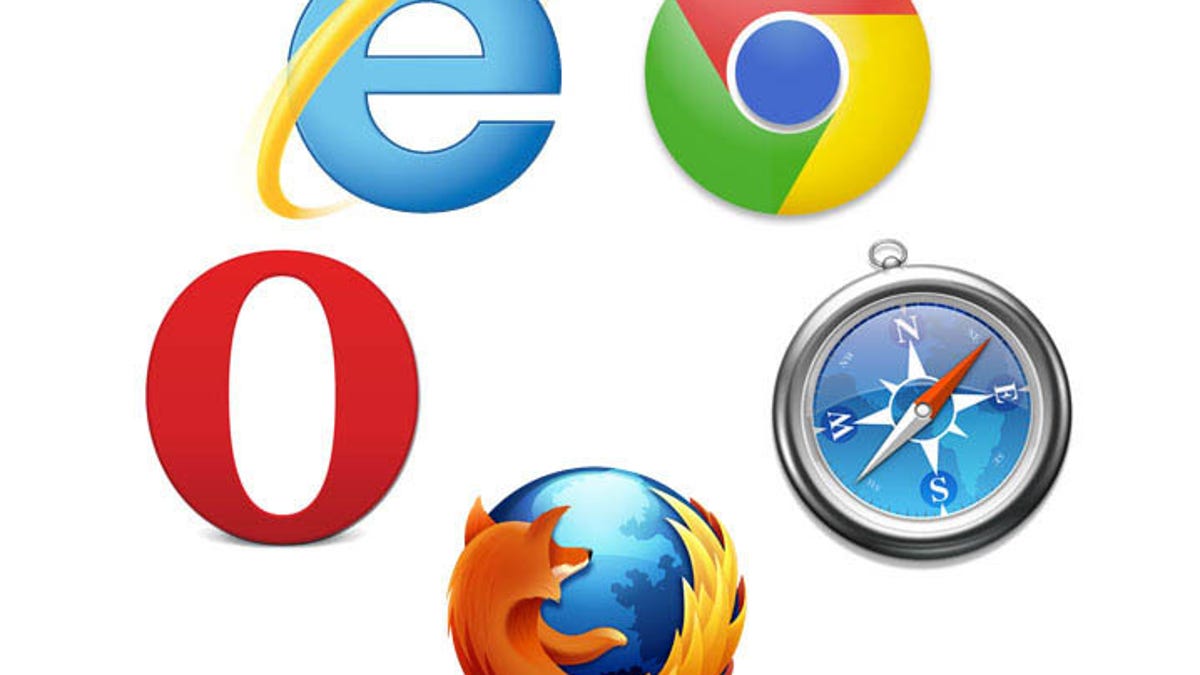Browser makers get past high-resolution image impasse
Newer screens packed with pixels are great for detail, but only if software can take advantage of them.

It looks like browser makers have settled on a way to handle high-resolution images, which are now common with the arrival of screens like Apple's Retina displays.
Browser makers haven't offered Web developers a consistent, easy way to show the right image for a given screen's size and resolution -- an idea called responsive design. That's been a shame, because screens with high-pixel densities are increasingly common on laptops, tablets, and smartphones and can offer crisp, detailed photos and graphics.
The first breakthrough came in September when support emerged for a standard called srcset, which was nudged along when Apple added the feature to Safari. The approach seemed to be winning out over a rival proposal, the introduction of a new "picture" element.
But that consensus was shattered when Google introduced another option called src-N, which appealed to Mozilla's Firefox developers. A long debate ensued over November, December, and January that produced a different outcome: a hybrid approach emerged that includes srcset and also adds some of the src-N ideas to the picture element.
One change that src-N had offered over srcset was "art direction," which, for example, lets a Web developer show a cropped version of a photo on a smaller screen.
There was "too much pushback on src-N, so we gave up on it," said one of its authors, Tab Atkins Jr., in an e-mail to CNET. The Responsive Images Community Group has been working on the new approach since then, he said.
"This approach seems cleaner than src-N," said Apple's Maciej Stachowiak of the newer approach. The curious can examine a draft version of the responsive-images specification to see how it works in detail.
Google is moving ahead with the idea with srcset support arriving in Chrome as a first step. On Sunday, developer Yoav Weiss added srcset support with a one-line change that moved srcset from an experimental to stable feature.

